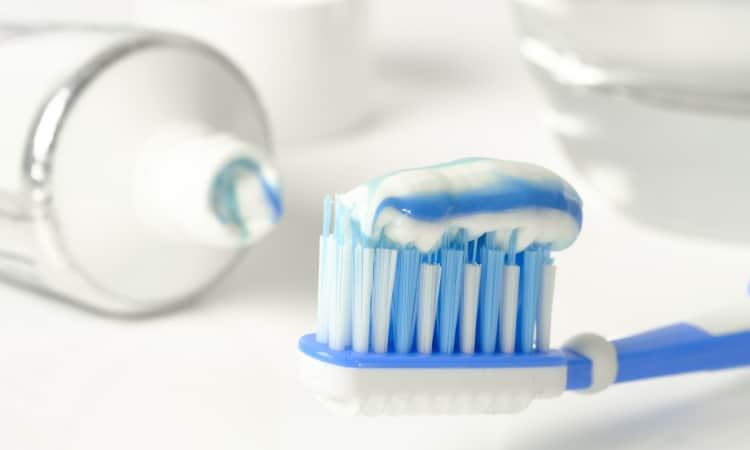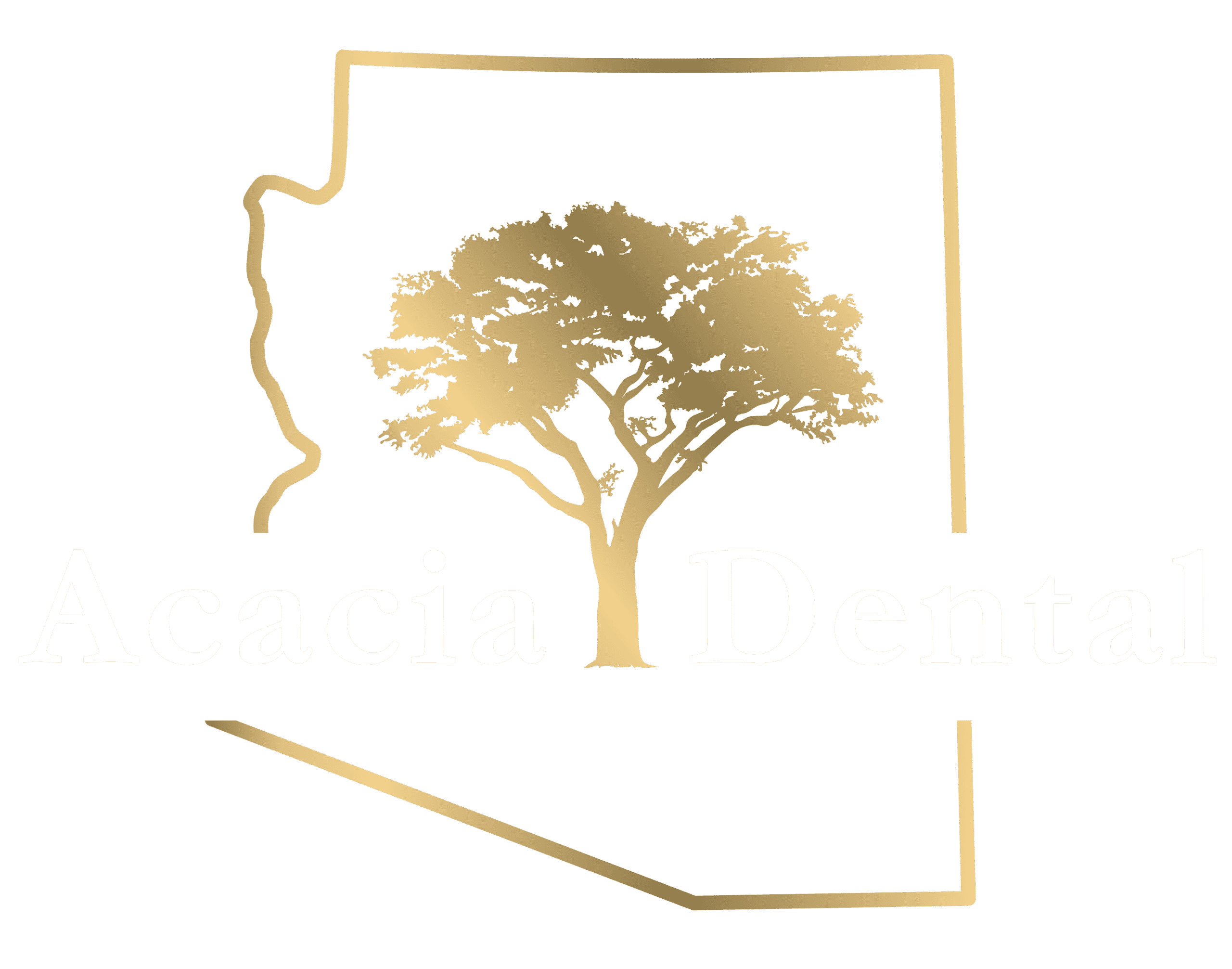
Believe it or not, some form of toothpaste has been around since ancient times! Although modern toothpaste has little in common with the ancient version, civilizations throughout history must have recognized the value of cleaning their teeth to avoid dental issues. After its many interesting formulations, toothpaste is now considered a bathroom staple. Read on to take a look at how toothpaste has evolved!
Early Beginnings in Egypt
The ingredients for tooth powder in ancient Egypt were certainly unusual: powdered ashes of oxen hooves, pumice, myrrh, and burnt egg shells. Though Egyptians used this rudimentary mixture to scrub food residue from their teeth, we know today that such an abrasive mixture would have led to bleeding gums and damaged tooth enamel (the hard, protective surface of teeth). Enamel damage can lead to discoloration, sensitive teeth, and decay, so we don’t recommend experimenting with this ancient recipe at home!
A Fresh Change From Rome & China
Roman and Chinese civilizations made an innovate change to toothpaste when they began to add components intended to freshen breath. These ingredients included bark, ginseng, salt, and mint.
Modernization in the 1800s
Once the 1800s rolled around, toothpaste was becoming more widely sold. During this time, dentists began adding soap and chalk to their concoctions. Colgate mass-produced it in jars in 1873, but it wasn’t until 1892 when the collapsible toothpaste tube was invented by Dr. Washington Sheffield. Fluoride began to be added in 1914 to reduce the occurrence of cavities by promoting remineralization.
Toothpaste Today
Now, it seems like we have almost infinite options when it comes to toothpaste! There’s even bacon-flavored products for fans who can’t get enough of that flavor. To learn what is inside your toothpaste, check out the ingredient label on the back. Common ingredients include: anti-cavity agents (like fluoride); anti-sensitivity agents (such as potassium salts); anti-microbial agents (to help reduce gingivitis and tartar buildup); abrasive agents (to physically clean teeth and remove surface stains); foaming detergents (that make brushing more comfortable and help break up plaque); sugar-free flavorings; humectants (like glycerol and sorbitol to prevent water loss); thickening agents; and peroxide (to reduce stains).
Brushing Twice a Day for 2 Minutes Each Time
No matter which toothpaste you choose, you’ll want to make sure you’re getting its full benefit by gently brushing with a soft-bristled toothbrush twice a day for two minutes each time. Keep in mind that brushing too vigorously in order to finish in less than two minutes not only does not provide the same clean, but it will damage your enamel and irritate your gums. If you have trouble brushing properly for the entire two minutes, consider investing in an electric toothbrush. A rechargeable brush like the Oral-B Pro 1000 has a built-in timer and pressure sensor, and basically does most of the work of brushing for you.
More Questions? We Have Answers!
It can feel a bit overwhelming trying to find the toothpaste that is best for your unique smile needs. To ask us for specific toothpaste recommendations or to schedule your next appointment here at Arizona Biltmore Dentistry, reach out to our team today. We look forward to helping you have excellent oral health.
